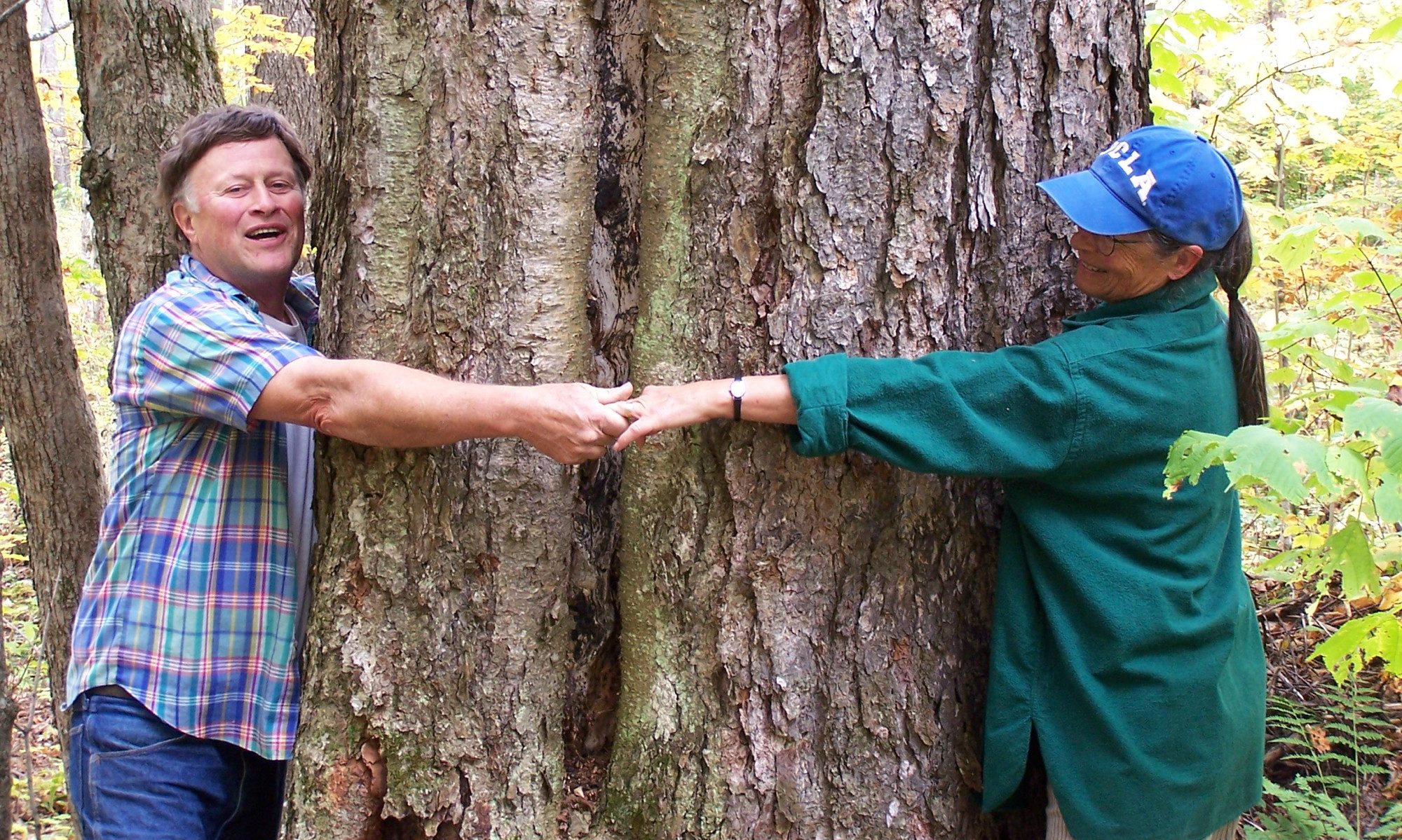My colleague Max recently blogged about noticing and wondering in high school, Noticing and Wondering in High School and I thought it would be fun to blog about using it at the elementary level. The essence of our “I Notice, I Wonder” activity is that you give students a mathematical situation or picture or story, without asking any specific questions, and ask them to list everything that they notice about it, and everything that it makes them wonder about.
I’ve written about it in the past, including in one of our Teaching with the Problems of the Week documents, How to Start Problem Solving in Your Classroom [PDF]. In that, I tell the story of the first time I explicitly asked students (who were “low-level” eighth graders) to tell me everything they “noticed” about a picture. The short version is that the students were awesome and their teacher was amazed at how much math they came up with.
Just as I started composing my post, I got email from my friend Debbie, who teaches at an elementary school school in the district I live in. She described the first lesson she did with a new class she’s co-teaching, in which she asked the students to notice and wonder. I asked her if I could use her story as a “guest post” on my blog, since I think it’s as compelling as anything I could have written. She agreed, so here goes.
Debbie’s Story
I taught an amazing lesson today. It was the first day of math class for the year. Our whole district is starting a new math program. Our fifth grade is grouping homogenously for math. Instead of teaching the highest ability students as I usually do as “Teacher of the Gifted,” I’m co-teaching the lowest two classes with two other teachers, a regular education teacher and a special educator. Together we have 22 struggling math students.
Predictably, the topic for lesson 1.1 was place value. But my goals were to engage the students, to create a safe space for learning, to get them thinking and asking questions, and to evaluate their understanding of place value. Instead of using the lessons from the book, which used place value charts with the places labeled, I started by handing out blank, unlabeled place value charts and asking pairs of students to talk about them. I suggested that they notice and wonder. And the three teachers got to wander and listen in. It was amazing.
First, they had to decide the orientation of the paper. Some kids held it vertically and saw it as a thermometer or list. Most held it horizontally. Many recognized it as a chart to use with money or decimals or place value. It was gratifying to see that they recognized the format. When we reconvened to share ideas as a group, our conversation was directed by their noticings and wonderings. I was able to review concepts of place value, numbers vs. digits, etc. not by following the book, but by following the comments from the kids. I praised their questions, asked them to respond to each other’s comments, and kept the discussion flowing.
At one point the kids parroted the places: ones, tens, hundreds, thousands… and I wrote them on the board. They got to millions, ten millions, hundred millions and then got stuck. Some thought that next comes thousand millions and others thought next comes billions. It was a perfect teachable moment; all I did was draw the lines between hundreds, thousands, millions and point out that there were three columns in each, and there was a collective “ah-ha!”
Eventually, I asked the kids to put the place labels into their charts. It was fascinating. About a third of them labeled left to right. That certainly told us a lot about their level of understanding of place value! We have a lot of work to do. But that meant that about two-thirds of them were able to label the places correctly, which is good. I used one of the incorrectly labeled charts and we started talking about it. I asked if putting a 7 in different places changed the number of M&Ms the digit represented. I covered up parts of the chart and asked them to read the number, then revealed the next column. Again, we had “ah-has.” I’m not sure who was more excited, the kids or me.
I had been worried that the other two teachers were going to object to my non-traditional approach, especially on the first day of using a new program. I was pleasantly surprised; they saw the value. During the lesson, the regular education teacher kept flipping through the teacher’s manual. She realized that I had covered material from the first THREE lessons, although I’d not completely finished any of the lessons. So while my approach was non-traditional, I was covering the curriculum and we weren’t “behind.” More importantly, both of them recognized and valued the high level of student engagement. In fact, one pointed out that one boy who struggles with attention had been totally attentive and even participative. They saw the excitement among the students, they noticed that even reluctant students participated, and they recognized the significance of the multiplicity of “ah-ha moments.”
It took me at least another hour to come off the “high” from the lesson.

Wow, this is fascinating! The “I Notice, I Wonder” activity is such a brilliant way to engage students in mathematical thinking. It’s amazing to see how much math these students can come up with. It’s inspiring to hear about the impact this approach has on students’ learning. Can’t wait to read more about it!